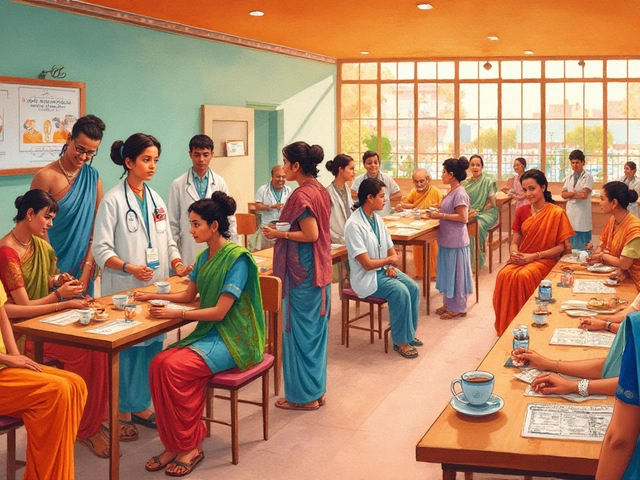Boundaries in Medicine: Why Safety Limits Matter
Ever wondered why doctors talk about “dose limits” or “therapeutic windows”? Those are simply the boundaries that keep medicines helpful, not harmful. Knowing where the line is helps you avoid side effects, overdose, or long‑term damage. This page breaks down what those boundaries are, why they exist, and how you can stay on the right side of them.
Therapeutic Window: The Sweet Spot
The therapeutic window is the range between the minimum amount that works and the maximum amount that stays safe. Think of it like driving between 30 km/h and 60 km/h on a city road – you move fast enough to get somewhere, but not so fast you crash. For a drug like paracetamol, the window is narrow: 500 mg to 1 g per dose works, but 4 g in a day can start hurting the liver.
Doctors and pharmacists use clinical studies to set these limits. They look at thousands of patients, track side effects, and pick the dose that gives the best benefit with the fewest risks. That’s why you see dosage instructions on every prescription label – they’re the real‑world boundaries based on science.
If you’re buying over‑the‑counter meds, the same rules apply. The packaging will list the maximum daily dose and warn you not to combine certain products. Ignoring those warnings can push you past the therapeutic window and into toxicity territory.
Crossing the Line: Signs of Toxic Overdose
When you go over a drug’s safety boundary, your body sends warning signs. Nausea, dizziness, and unusual fatigue are common early clues. For stronger meds, you might notice confusion, rapid heartbeat, or breathing problems. These symptoms mean the drug is building up faster than your body can clear it.
Take antibiotics as an example: taking more than prescribed won’t kill the infection faster, but it can damage kidneys or lead to resistant bacteria. With blood thinners, a tiny excess can cause serious bleeding. That’s why doctors monitor blood levels for certain drugs – they’re keeping an eye on the boundary in real time.
If you suspect you’ve crossed a boundary, stop the medication and call a health professional right away. Many poison control centers can guide you through the next steps, and early action can prevent permanent harm.
Understanding boundaries isn’t about fearing medicines; it’s about using them wisely. Check dosage labels, ask your pharmacist about interactions, and never double up on meds that seem harmless. When you respect the safety limits, you get the full benefit of the treatment without the unwanted side effects.
In short, boundaries are the invisible guards that keep drug therapy effective and safe. Keep them in mind, follow the numbers on the label, and you’ll stay on the healthy side of every prescription.

What You Shouldn't Tell Your Therapist
While honesty is crucial in therapy, understanding what boundaries to keep is just as important. Knowing what not to tell your therapist can help maintain a constructive and professional relationship. This guide provides insights on topics that may be inappropriate to share and tips on how to approach sensitive subjects. Learn how to balance openness with discretion to get the most out of your therapy sessions.




